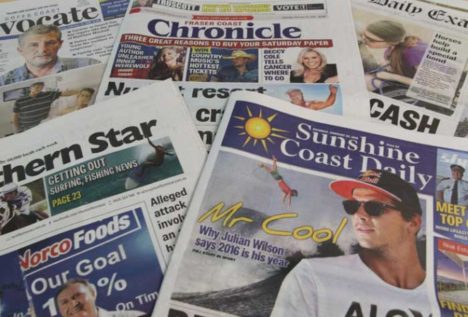What does News Corp see in APN News & Media’s regional division?
News Corp is set to hand over $36m for APN News & Media’s regional media assets, including more than 70 newspapers. Miranda Ward looks at what the publishing giant sees in a company so heavily invested in print.
Rupert Murdoch’s News Corp has handed over $36.6m for APN News & Media’s regional division, which will give it full ownership of another 12 daily newspapers and 60 community newspapers once approval comes from the competition watchdog and shareholders.
News Corp already held a 14.9% stake in APN, but full control of the Australian Regional Media assets will give it a monopoly on the newspaper industry in Queensland, with the only regional daily paper outside its control being Mt Isa’s North West Star which is owned by Fairfax Media. Fairfax Media does operate some agricultural titles in Queensland including Queensland Country Life and North Queensland Register.
But given the massive declines in print advertising, and the well-documented struggles of regional media as national and global players encroach on its turf via the internet, has the publisher of national broadsheet The Australian and tabloids including The Daily Telegraph and Herald Sun just bought these assets to be the last man standing in print in Australia?



What a steal! Well done news!
APN is a dog, aging and very low readership in its communities.
When was the last time you sold anything on Finda?
If print media in Queensland has only one big player will this mean the return of quality local independent publications?
There are independent publishers in APN markets. We run a daily news website for the South Burnett, in competition to APN’s bi-weekly South Burnett Times.
I started my working life at the Sunshine Coast Daily (props R&L Murdoch) 30-odd years ago.
I am now at The Daily Telegraph (props R&L Murdoch) .
Do I get long service now?